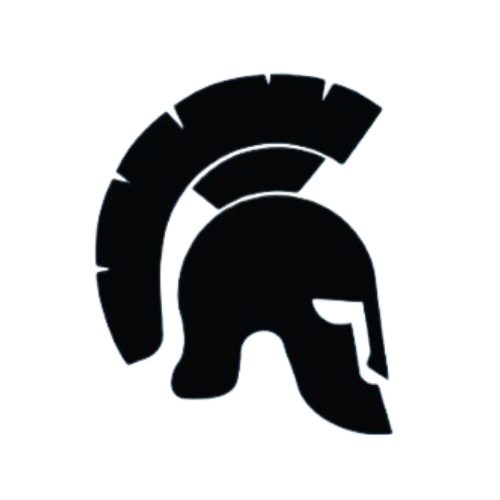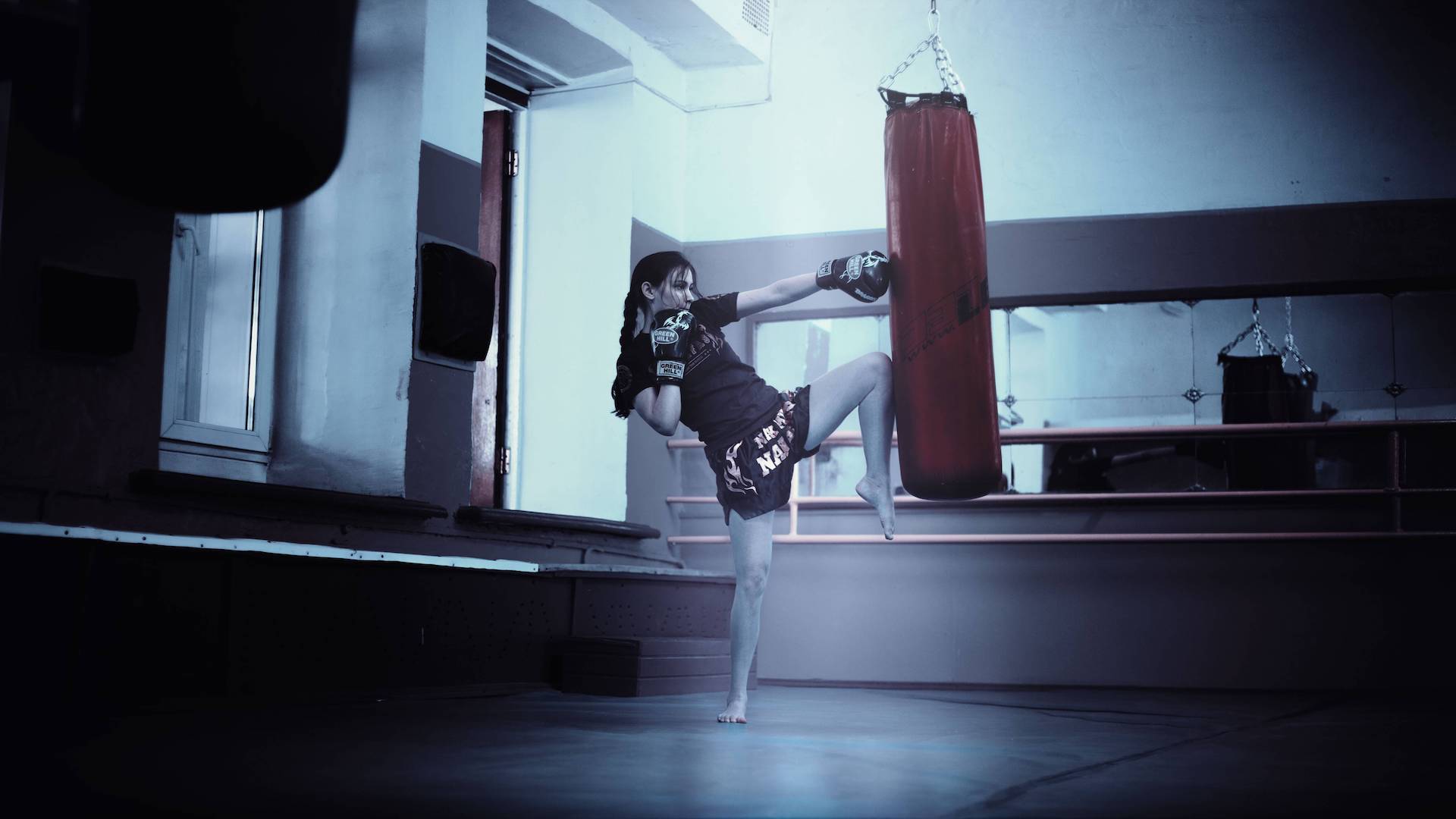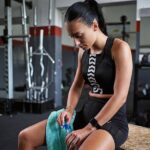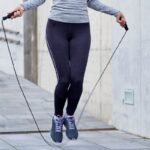Many individuals are interested in incorporating leg press and hack squat machines into their workout routines, aiming to build strength and muscle in their lower bodies. However, concerns about proper form, safety, and achieving desired results are common. This post provides a comprehensive guide to using these machines safely and effectively, offering a step-by-step approach to maximize your gains and minimize the risk of injury. You’ll learn the critical techniques, considerations for different fitness levels, and strategies for progressive overload, allowing you to make the most of your workouts.
What Muscles Leg Press Best For?
The leg press is a powerhouse exercise that offers incredible benefits for both women and men, making it a must-have in any strength training routine. For women looking to build strength, shape their legs, and lift their glutes, the leg press is an effective and controlled way to target those key areas. By adjusting foot placement, you can focus on the quads, glutes, or even the inner thighs, making it versatile for your specific goals. Plus, it’s a great alternative to squats if you’re not comfortable with free weights or have lower back concerns.
For men aiming to increase power, boost muscle mass, or improve athletic performance, the leg press delivers by targeting the largest muscle groups in the body. Building stronger quads, glutes, and hamstrings translates to better performance in sports and other compound lifts like deadlifts and squats. This machine also allows you to load up heavy weights safely, so you can push your limits without worrying about balance or injury.
Whether you’re looking to sculpt, strengthen, or build endurance, the leg press offers a controlled environment where you can focus on proper form and target the muscles you want to develop. It’s perfect for everyone, from beginners to advanced gym-goers, and a valuable tool for achieving your fitness goals.
How to Use the Leg Press?
The leg press is a powerful machine for building lower body strength, and how you position your feet on the footplate can significantly influence which muscles are targeted. Here’s a detailed breakdown to help you get the most out of your leg press workout.
1. Set Up the Machine
- Adjust the Seat and Footplate: Start by adjusting the seat incline and footplate. Your knees should form a 90-degree angle when your feet are on the footplate, ensuring safe and efficient movement.
- Load the Weights: Select an appropriate weight. Beginners should start light, focusing on form before progressing to heavier loads.
2. Foot Placement and Muscle Focus
Your foot placement on the leg press machine determines which muscle groups are primarily engaged:
- High Placement: Placing your feet higher on the footplate shifts the focus to your glutes and hamstrings. This is ideal for those aiming to develop posterior chain strength.
- Low Placement: A lower foot position emphasizes the quadriceps, making it great for targeting the front of your thighs.
- Wide Stance: Positioning your feet wider apart targets the inner thighs and adductors, offering a more well-rounded lower body workout.
- Narrow Stance: A closer foot placement focuses on the outer quads, providing more definition to this area.
3. Performing the Leg Press
- Drive Through Your Heels: Push the platform up with controlled force, avoiding locking your knees at the top.
- Lower Slowly: Bring the platform back down smoothly, stopping when your knees reach a 90-degree angle.
Leg Press Hack
Most machines allow you to adjust the seat to increase or decrease the angle. But what’s the difference, and which is best for your goals?
Setting the seat at a higher incline puts you in a more hip-flexed starting position, which limits your range of motion. As you descend, you’ll find yourself hitting your depth much earlier. This setup often feels more comfortable, allows you to lift heavier weights, and reduces the overall movement. It’s comparable to performing a half squat rather than a full one. While this isn’t inherently bad, the reduced range of motion might not fully engage muscles like your glutes, quads, and adductors.
On the other hand, lowering the seat back increases your range of motion, taking your muscles through a deeper stretch and contraction. This can provide greater stimulation for muscle growth and development, particularly in your glutes, quads, and adductors. However, this setup may require you to decrease the weight, as it places more demand on your muscles. Additionally, it’s important to maintain proper form by keeping your back flat against the pad and avoiding any lifting of your hips as you go deeper. Use the machine’s handles to brace yourself and control the descent.
Ultimately, the choice comes down to personal preference and your fitness goals. If a higher incline feels more comfortable and suits your workout, stick with it. But if you’re aiming to maximize muscle activation, consider giving the lower incline a try. Adjust your weight, focus on controlled movement, and ensure proper stability throughout the exercise. Experiment with both options to find what works best for you.
Individual Considerations
Beginner vs. Advanced Users
Adjusting instructions for different fitness levels is essential. Beginners should start with lighter weights and fewer repetitions, gradually increasing both as they gain strength and experience. Experienced individuals can adjust their training accordingly. This will ensure optimal safety and effectiveness for all users.
Pre-existing Injuries
Individuals with pre-existing injuries should consult with a healthcare professional or a qualified physical therapist before using leg press and hack squat machines. They may need modified exercises, adjustments to the machine, or alternative exercises entirely. Understanding and managing limitations with pre-existing conditions will ensure a safe workout.
Goals
Tailoring advice to the user’s goals is vital. Whether your goal is muscle gain, strength improvement, or rehabilitation from injury, you should consider your specific aims and adjust your training approach accordingly.
Conclusion
Proper use of leg press and hack squat machines hinges on understanding the importance of safe technique, appropriate weight selection, and gradual progression. Always prioritize proper form, warm-up, and cool-down to minimize the risk of injury. If you have any questions or require further guidance, consult with a qualified fitness professional.








